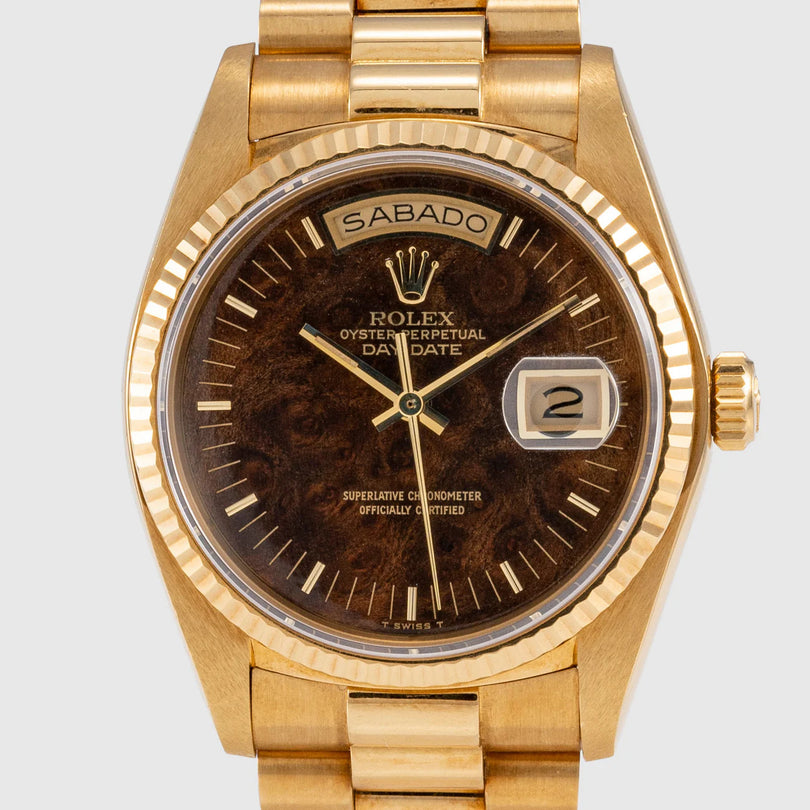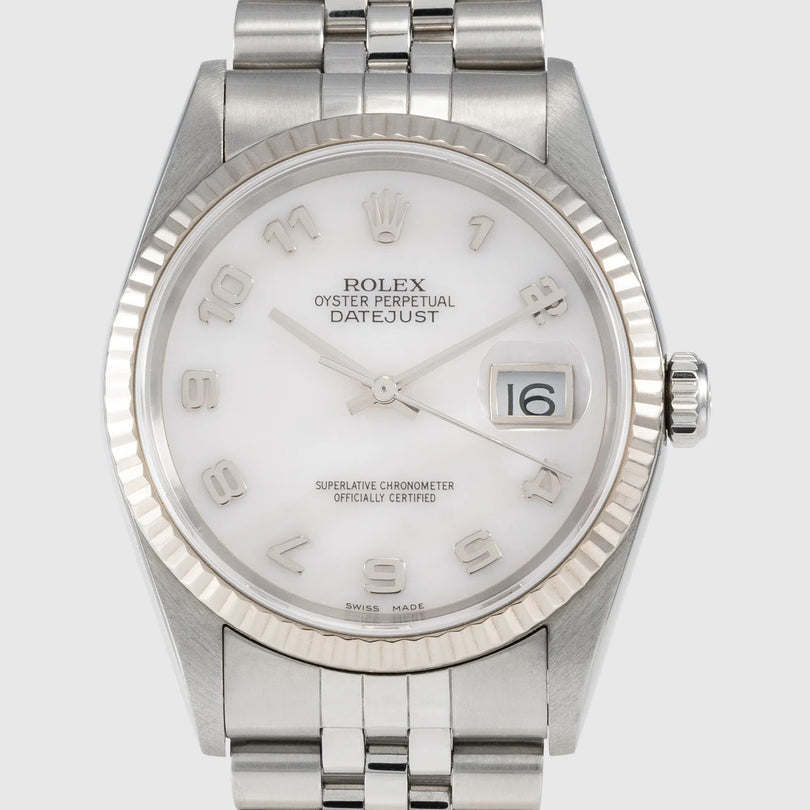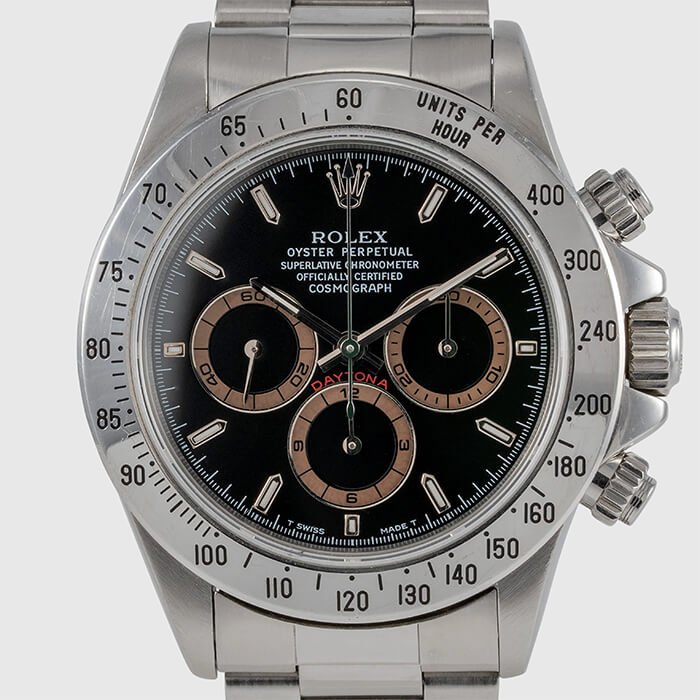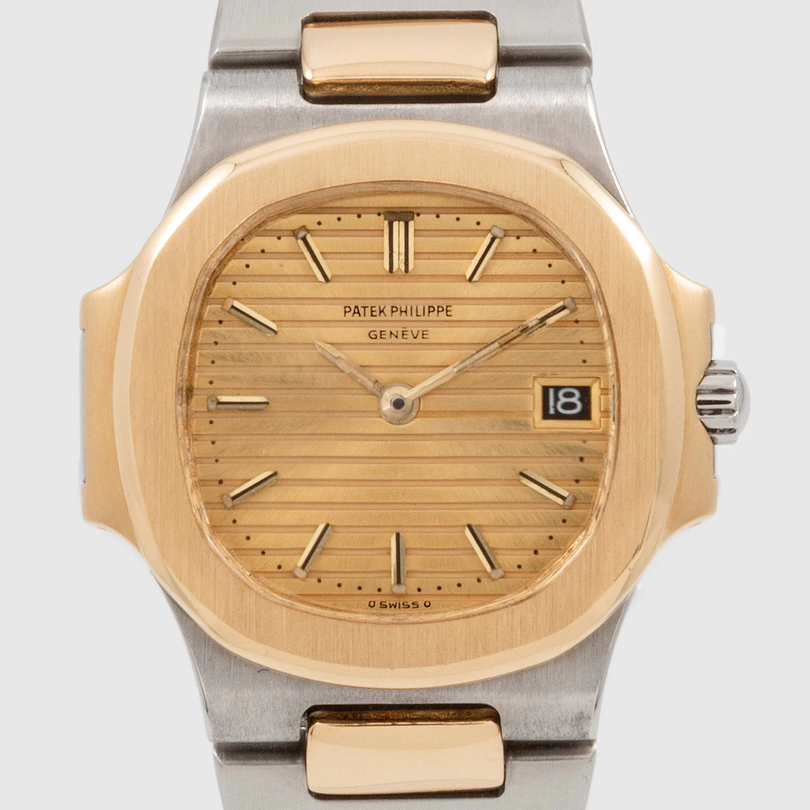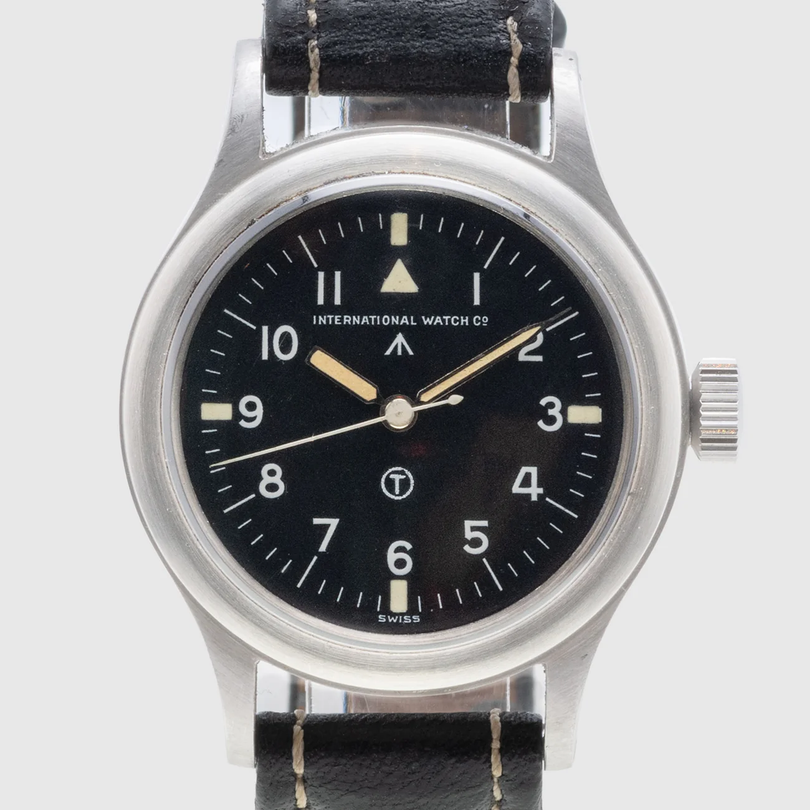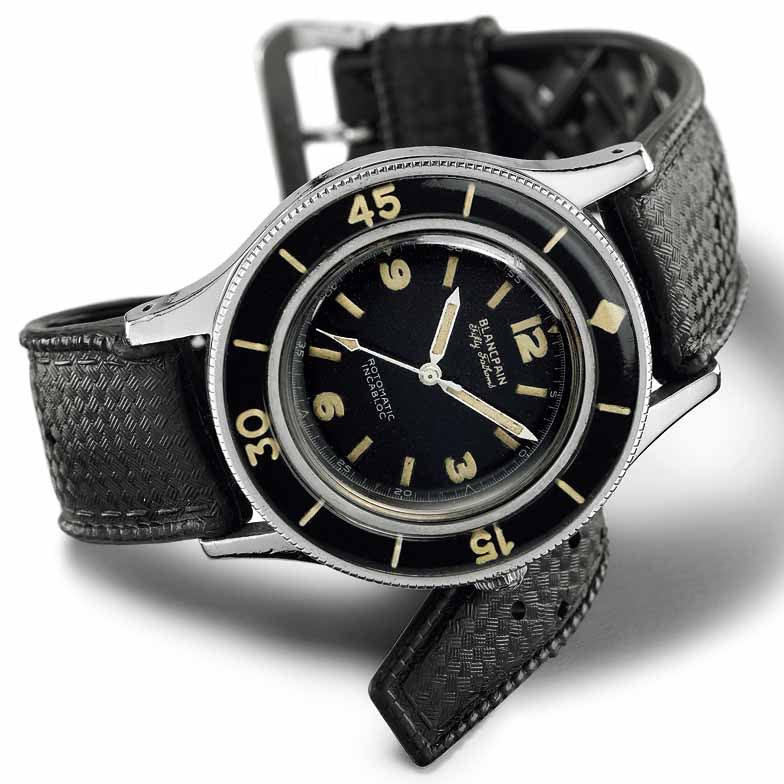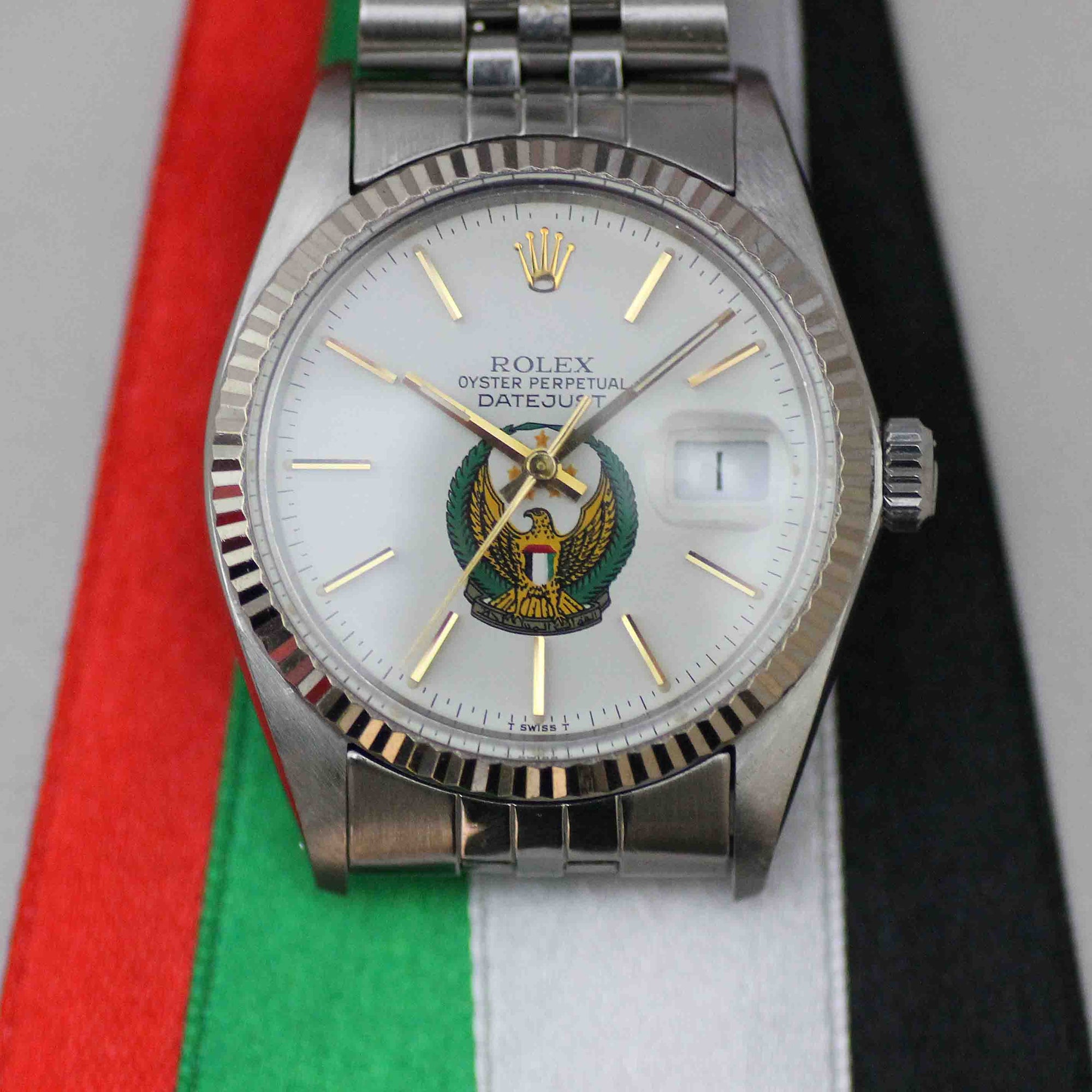
As summer kicks in and travel plans get made, we look at the history of “the” travel watch, the Rolex GMT, as well as some modern options
The Rolex GMT’s history is intertwined with the dawn of modern air travel. In 1954, Pan American Airways (Pan Am), at that time the world’s largest airline, turned to Rolex and requested they create a watch that could keep both local and home time simultaneously. In addition to the clear benefit of maintaining schedule, it also helped pilots combat a new condition from flying across multiple timezones, jet lag. The Rolex GMT became an instant cult classic with its elegant simplicity, effectiveness and iconic design. It’s red “GMT” hand completed one rotation every 24 hours, and the rotatable bezel (best known in the iconic Red/Blue or Pepsi combination) provided a reference for the 24 hour hand. This design became a symbol of a new era of transatlantic travel.
The first GMT, the ref 6542, came in either steel or gold. The case was a comfortable 38mm and came without crown guards, making the case smaller & sleeker. However, the most defining feature is the acrylic “bakelite” bezel, selected by Rolex due to it’s anti-reflective nature, an obvious benefit for pilots. Rolex soon realized their mistake as Bakelite proved to be extremely fragile & cracked easily while the numerals were painted with radium, a highly radioactive material. The decision was quickly made to switch to steel bezels making the Bakelite bezel extremely rare & collectable. An unused Bakelite bezel recently sold at auction for $32,500, nearly half the price the watch itself, a testimony to its rarity. This reference also borrows its nickname from a James Bond-film character, “Pussy Galore”, who wore the watch in Goldfinger.

In 1960, Rolex launched the ref 1675, which became the definitive GMT reference and was produced until 1980. Sized at the modernly-wearable 40mm with a thicker case and crown guards adding further “weight”. Two types of crown guards were used; pointed-crown guards (also called “cornino” and more desired by collectors owing to its rarity) and the more classic shaped crown guards. At this point, Rolex began testing various dial configurations and materials. Until 1966, Rolex used a rather complex process to create so-called gilt dials. These dials were glossy, while the print on the dial was very crisp and gave an effect of depth as they were printed beneath a layer of laquer. Over time, these dials also changed color significantly due to temperature & humidity, earning the name “tropical” dials. Gilt dials are highly collectable and features such as chapter ring, gilt dial, small red hand all refer to various configurations Rolex used (one can say experimented with) and which have now added to the collectability of the 1675. Later improvements (and other references) include quick-set date function, sapphire crystal, independently adjustable GMT hand and ceramic bezels.

Famous wearers of the GMT provide confirmation of universal attraction of the design and include artists (Pablo Picasso), revolutionaries (Che Guevara & Fidel Castro) and actors (Clint Eastwood). It was also used in extreme conditions by NASA astronauts and test-pilots such as Chuck Yeager (a WW II fighter pilot best known for being the first to break the sound barrier and wearing a GMT when doing it). Some were also made on special order by various airforces, including a very few presented with the signature of Sheikh Mohammed Bin Rashid Al Maktoum.

Other notable travel-inspired timepieces
Lange & Söhne Lange 1 Time Zone
With it’s signature offset dial and large date function, the Lange 1 Time Zone displays 2 different time zones, has a date indicator, power reserve, day/night indicator and an outer ring which informs the wearer which foreign city they are in.
Patek Philippe World Time
The World Time tells the time in 24 cities, and can be instantly adjusted to reflect local time without affecting or having to change the minute hand. There is also a day/night indicator with sun & moon at opposite sides reflecting noon and midnight. This is an easy watch to use and beautiful to look at.
Rolex Sky Dweller
Launched at Basel 2012, the newest model family from Rolex is aimed at jetsetters. Its technological advances are protected by 14 patents, the most impressive being its “Ring Command Bezel” where the bezel can be used to adjust the date, local time or home time. Functions also include a month display via 12 apertures around the circumference of the dial, making this watch an annual calendar as well as showing 2 timezones.

